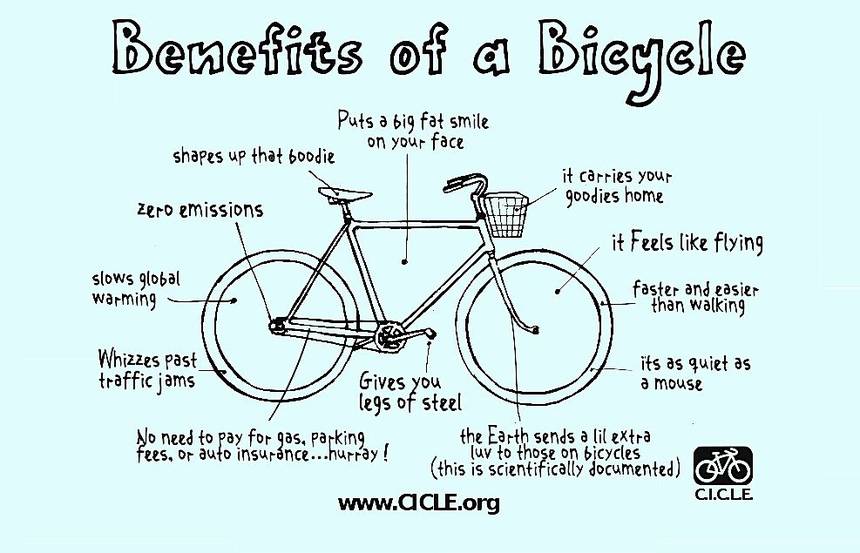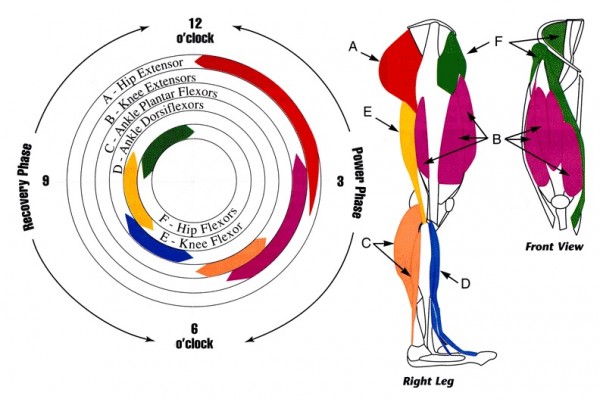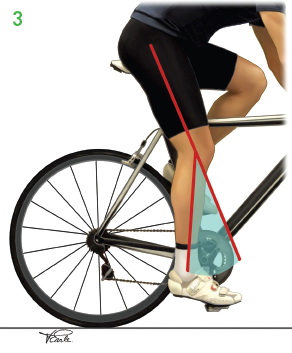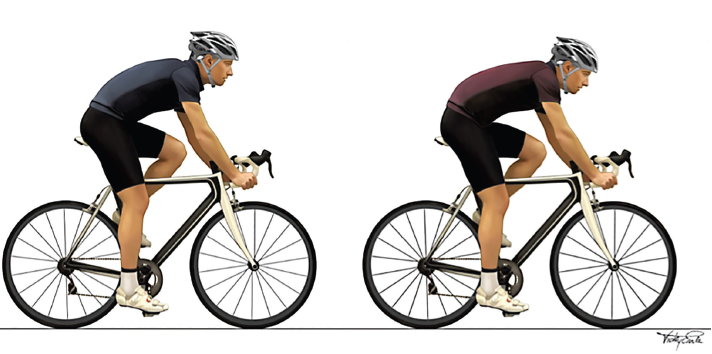January 21 2020
Cycling fever has hit Adelaide yet again! The roads and cafés are filled with people in lycra, with varying levels of fitness, and the city is brimming with enthusiasts on the streets and along the routes of the Women’s and Men’s Tour Down Under!
This popular pastime has many benefits, but you don’t have to don the lycra or spend thousands of dollars on a bike to enjoy all of the positives that cycling can bring. Current research suggests that as many as 4 million people in Australia ride to work more than 3 times per week.
So for those of you already on a bike, or those considering getting on one, come for a ride with us for this Insight article on all things cycling.
Benefits
Cycling has an almost endless list of benefits and it really is a recreational activity for people to enjoy throughout their lifespan. A study published 2 years ago, which you can read here, that measured over a quarter of a million participants found that cycle commuters had a 46% lower risk of developing heart disease and a 45% lower risk of developing cancer.
As well as being a carbon neutral form of transport, cycling can provide improvements to your health by;
- Increasing cardio vascular fitness
- Increasing muscle strength and flexibility
- Improving joint mobility
- Decreasing body fat
- Decreasing stress, anxiety and depression
- Preventing disease and effects of deconditioning
Of course, this graphic expertly describes some of the other benefits of cycling ….

photo courtesy of https://www.treehugger.com/bikes/guardian-10-reasons-hop-your-bike-gold-coast-bulliten-stupidest-cycling-article-ever-written.html
Moving on … cycling as a form of exercise cycling is;
- Low impact – this is excellent for people with degenerative joints in the lower limbs and back as it can exercise the whole body without causing stress to joints
- A fun way to get fit – being outside and on a bike has other added benefits including exposure to the sun for Vitamin D and you can also go whenever you like and not be at the mercy of class or gym opening times
- Excellent lower limb strength builder – as the graphic below points out, throughout the pedalling motion, you use all of the muscles in your legs as you ride. The beauty of cycling is you can work as hard or as easy as you like to get the gains you want.

photo courtesy of https://www.ilovebicycling.com/what-muscles-do-you-use-when-cycling/
If you needed any more convincing, cycling can also build your immune system, boost your brain function and memory, improve your sleep, improve your navigational skills, decrease cancer risk and even improve your social network.
Indoor Cycling
No, this doesn’t mean riding your bike up and down your hallway! Cycling can be done in a variety of settings and indoor cycling on stationary bikes is equally as effective as cycling outdoors. There are some obvious safety increases like not having to balance and watch out for pedestrians, other bikes and vehicles. The other added bonus is not being subjected to weather conditions that may make you stay in bed instead of getting on the bike!
Cycling classes through gyms are an excellent way to get fit too. Most of these classes get your heart rate up to about 75 – 95% of your maximum heart rate and this is an excellent form of exercise to keep you healthy.
Whichever way you go, indoors or out, unicycle, bicycle or tricycle, the benefits are clear!
Common Injuries
Aside from the obvious fall from a bike which can result in injury, cycling, if built up slowly, is a very safe form of exercise. The research literature suggests that over 60% of all injuries related to cycling are put into the overuse category.
A large part of this is people building up the amount of cycling they do too quickly. The most common sites for injury are knee pain, particularly in the patellofemoral joint, and lower back pain.
Some of these aches and pains can be due to an incorrect bike setup. There are some very scientific approaches to getting the right angles on the bike in terms of your lower limbs. The below illustration shows one type of measurement that gets looked at for your knee bend whilst on the bike. You shouldn’t have too much or too little. Having this setup right puts you at the least risk of injury when you start to build up your kilometres.

The upper body and back are, in general, more about how comfortable you feel. You should have an even curve in your spine to make sure you aren’t overloading it for long periods when riding. The picture below shows only a slight difference (hint … the good posture is on the left) that can make you sore over time.

photo courtesy of https://www.aspetar.com/journal/viewarticle.aspx?id=339#.Xib5PxdS9QI
If you aren’t sure, or want to make sure, that your setup is right for you, get to a good bike shop and organise a setup. Getting your equipment right is the first piece in the puzzle to enjoying your riding and staying injury free.
Monitoring Workload on the Bike
Another common way people get injured on the bike is building up their riding time too quickly. This isn’t unique to people on bikes. It is a common problem across various forms of exercise.
Building up time on the bike has to be gradual in order to build the capacity in the tissues of your body so that they don’t become overloaded. If time on the bike is built up too quickly then injury can strike you down.
The high-performance sports sector uses sophisticated measurement systems to manage the loading that athletes put through their body. In basic terms, these measures manage what is called the acute to chronic workload the body goes through.
Acute load is measured as the average of the load put through the body over the last 7 days. Chronic load is measured as the average of the load put through the body over the last 28 days. In order to stay injury free, a good rule of thumb is to make sure your acute load doesn’t increase by more than 50% of your current chronic load. Sound simple enough … ?
To do this at home, you can measure how long you ride for each time you go out and add this up and average it over the week. Do the same for the last 28 days and make sure your plan for next week isn’t 50% more than the averaged chronic load.
If we have just made your head spin like a set of new carbon fibre wheels on the latest BMC, chat about this with your physio at your next appointment if you want to know more.
Ride On …
Whether you are new to cycling, or have already bought some lycra with your Xmas money, the benefits of cycling are clear. No problem if it’s indoor or outdoor, mountain or road, sport or commuting ….



